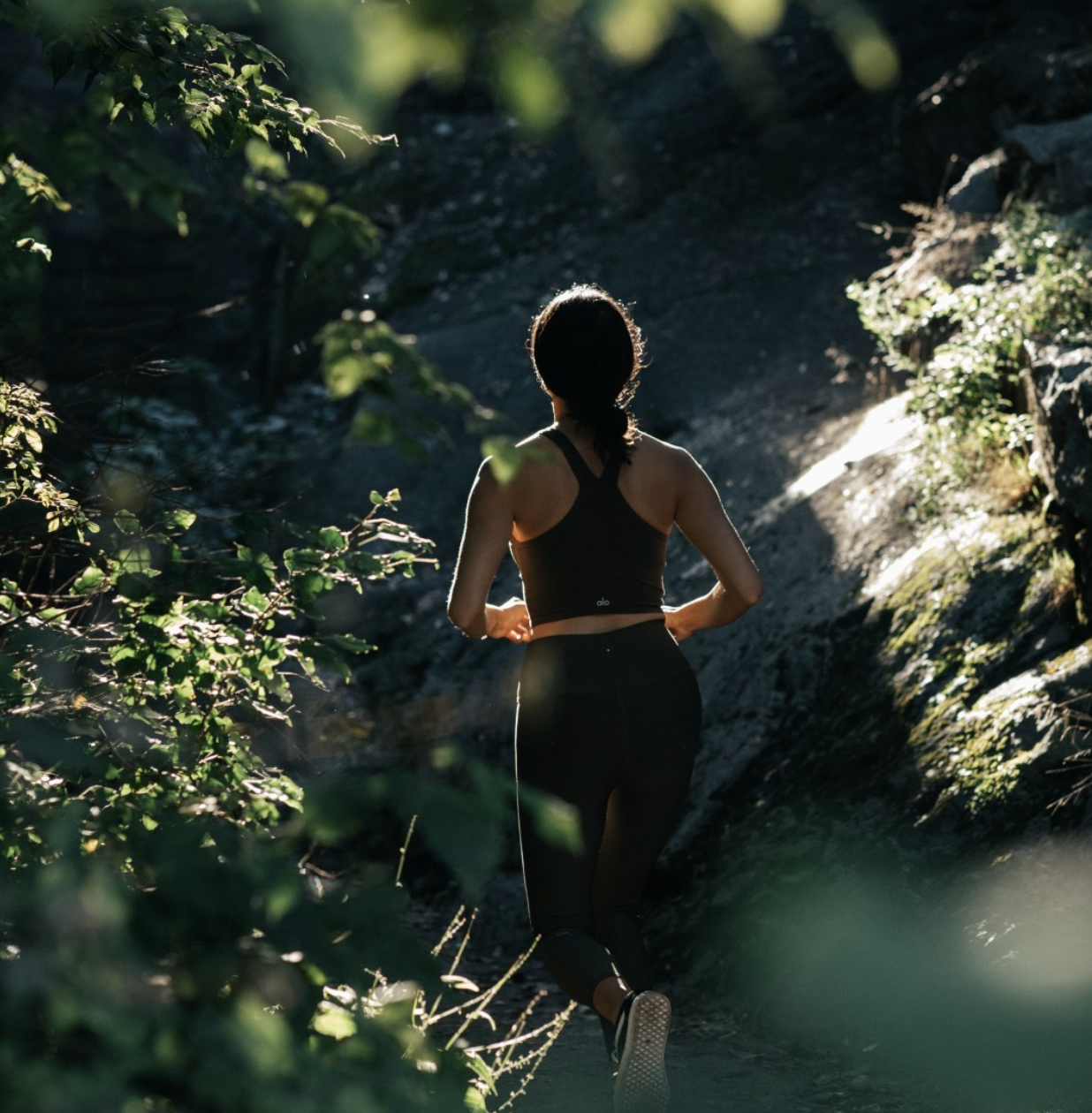Injury Prevention and Recovery
Traveling Athletes and Entertainers
In the dynamic and demanding worlds of sports and entertainment, the physical and mental well-being of athletes and entertainers is paramount. Frequent travel, rigorous schedules, and the constant pressure to perform at peak levels can significantly increase the risk of injuries. Understanding and implementing effective strategies for injury prevention and recovery is essential for maintaining longevity and success in these careers. This article delves into practical guidance tailored to the unique challenges faced by traveling athletes and entertainers on the go.
Injury Prevention
1. Customized Physical Conditioning: Tailor your fitness regimen to address the specific demands of your profession and to strengthen areas most susceptible to injury. Incorporate functional training exercises that mimic on-stage or on-field movements to enhance your body's resilience.
2. Dynamic Warm-Ups and Cool-Downs:
Begin each performance or practice session with dynamic warm-ups to prepare your body and end with cool-down exercises to facilitate recovery. These routines increase blood flow, improve flexibility, and reduce the risk of muscle strains.
3. Adequate Rest and Sleep: Ensure sufficient rest between performances and prioritize quality sleep. Sleep is crucial for physical repair, cognitive function, and overall performance. Utilize strategies such as blackout curtains and noise-canceling devices to enhance sleep quality, especially when traveling.
4. Nutrition and Hydration: Maintain a balanced diet rich in anti-inflammatory foods and stay hydrated to support muscle recovery and joint health. Consider consulting a sports nutritionist to develop a personalized nutrition plan that accommodates your travel schedule.
5. Stress Management: High stress levels can lead to muscle tension and an increased risk of injuries. Incorporate stress-reduction techniques such as meditation, yoga, or deep-breathing exercises into your daily routine.
Recovery Strategies
1. Active Recovery:
Implement low-intensity activities on rest days, such as walking or light stretching, to promote blood circulation and expedite the healing process without overtaxing the body.
2. Proper Rehabilitation: Follow a structured rehabilitation program under the guidance of a healthcare professional following an injury. Rehabilitation exercises are designed to restore strength, flexibility, and function to the affected area.
3. Use of Recovery Tools: Utilize recovery tools such as foam rollers, massage guns, and compression garments to alleviate muscle soreness, reduce inflammation, and speed up recovery.
4. Mental Health Support: Recovery is not solely physical. The psychological impact of injuries can be significant. Engage with sports psychologists or mental health counselors to address any emotional or mental challenges during the recovery process.
5. Regular Medical Check-Ups: Regular consultations with healthcare professionals can help detect early signs of overuse injuries or stress-related conditions, allowing for timely intervention.
Adapting to Travel:
Portable Recovery Tools: Invest in lightweight and portable recovery tools that can be easily packed for travel, ensuring you can maintain your recovery routine on the road.
Adjustment to Time Zones: Be mindful of the impact of jet lag on your body's recovery processes. Gradually adjust your sleep schedule in the days leading up to travel to align with your destination's time zone.
Hydration and Nutrition While Traveling:
Carry healthy snacks and water to avoid dehydration and reliance on processed foods during travel. Check out LÄRABAR for some delightful options!
Portable Recovery Tools
Portable recovery tools are essential for maintaining your wellness and resilience, especially when you're on the move. They help in alleviating muscle soreness, improving circulation, and enhancing overall recovery from stress or physical exertion. Here are a few examples of lightweight and portable recovery tools, along with a DIY exercise for one of them:
Foam Roller: Compact foam rollers are excellent for self-myofascial release, helping to relieve muscle tightness and improve mobility.
Check out this beautifully designed easy to use therapeutic roller by Pinnacle TRS.
Resistance Bands: These come in various strengths and can be used for a wide range of stretching and strengthening exercises.
Massage Balls: Small enough to fit into any bag, these balls are perfect for targeting specific areas of tension in the muscles.
Handheld Massage Stick: This tool is great for rolling out muscles on various parts of the body, such as legs, arms, and back.
Acupressure Mat: Lightweight and easy to roll up, this mat can help stimulate pressure points, relieve stress, and improve circulation.
Do-It-Yourself Exercise
Exercise: Foam Roller Calf Massage
Objective: To relieve tightness in the calf muscles, improve mobility, and enhance circulation.
Steps:
Find a Space: Sit on the floor in a quiet, comfortable space where you have room to extend your legs.
2. Position the Foam Roller:
Place the foam roller on the floor and position your calf (the back part of your lower leg) on top of it. You can start with either leg. For more pressure, cross your other leg on top of the one you're rolling.
3. Support Your Body: Use your hands to lift your body slightly off the floor. This allows you to control the amount of pressure and target the muscle more effectively.
4. Roll: Gently roll your calf back and forth over the foam roller, starting from the lower part of the muscle near your ankle and moving towards the back of your knee. If you find a particularly tight spot, you can pause and hold the position for 15-30 seconds to help the muscle release.
5. Repeat: Spend about 1-2 minutes on each calf. Adjust the pressure and duration according to your comfort level and needs.
This simple DIY exercise can significantly aid in recovery, especially after long periods of sitting or standing, and is a great example of how portable tools can support resilience and wellness on the go.





